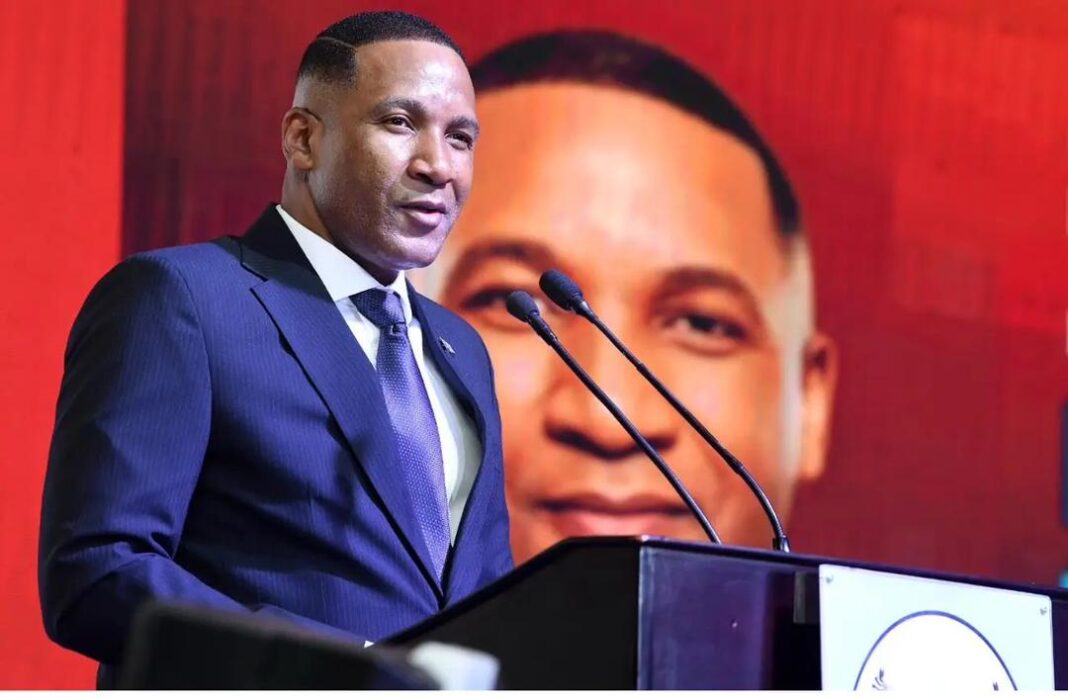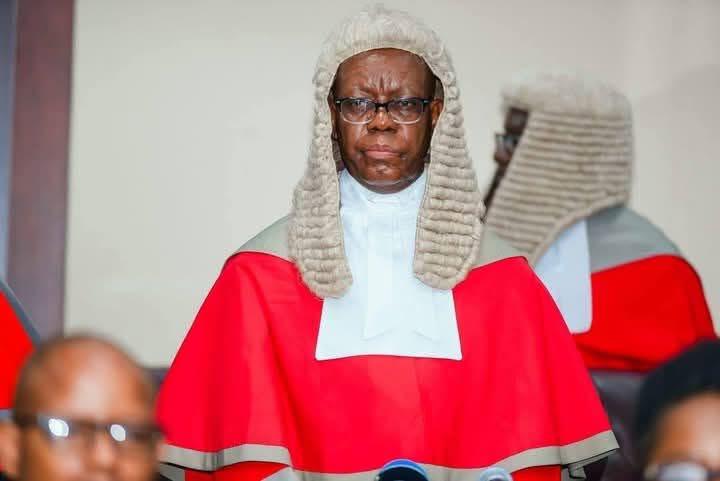By Christopher Mutasa
Executive summary
A realignment of global finance — led by BRICS and a growing set of non-Western financing channels — is reshaping how African states transact, borrow and plan infrastructure. At the same time, most African finance, accounting and central-bank training remains framed by Western textbooks, professional bodies and pedagogies. The result is a growing disconnect: new monetary instruments and payment rails are arriving before the human capital, curricula and regulatory toolkits needed to use them safely and strategically. This article examines what African governments leaning toward BRICS-style finance are doing (and must do) to restructure financial education, how the “Eastern” financial practices can realistically be married to Western educational structures, and the monetary-policy and banking consequences of that transition.
1. The political-economic shift: what’s changing on the ground
Since the BRICS expansion and deeper China–Africa engagement, African governments have accelerated moves to diversify financing and payments away from exclusive U.S.-dollar dependence: bilateral currency swaps, yuan-denominated lending, greater engagement with the New Development Bank and regional settlement platforms are now part of the toolbox. These developments are strategic — they aim to lower transaction costs, broaden funding sources and increase policy space for governments that have felt constrained by Western markets and conditionalities.
Concretely, Chinese and BRICS-aligned instruments are present in three ways: (1) direct bilateral facilities and swap lines that make trade and debt servicing possible in non-dollar currencies, (2) BRICS-affiliated multilateral finance (e.g., New Development Bank projects on infrastructure and green investment), and (3) emerging regional payment rails and local-currency settlement initiatives. Each is changing how payments, debt and reserve choices are made in capitals across the continent.
2. Fresh evidence: payments and currency moves already matter
Practical examples show the shift is not hypothetical. Regional bodies are building cross-border retail payment platforms to transact in local currencies, explicitly designed to reduce the need for U.S.-dollar conversion and its costs — a structural step toward de-dollarisation of intra-African trade.
Governments are also converting borrowing and debt instruments into yuan and expanding swap lines — moves that directly change sovereign interest costs and reserve dynamics. These actions give governments more immediate choices on debt servicing and budgeting but also create new exposures (currency, counterparty, legal).
3. Why education matters — and where the mismatch is strongest
Most African tertiary and professional finance education (accounting degrees, central-bank training, MBA programs, and professional accounting bodies) still teaches frameworks oriented to Western markets: dollar-based international macroeconomics, Western risk-management case studies, IFRS and Western trade-finance practices, and textbooks written for Anglo-American legal and financial systems. At the same time, the new instruments and rails arriving from BRICS partners present operational differences (settlement conventions, contract law nuances, different credit and project appraisal norms) and demand new technical skills (multi-currency treasury management, RMB settlement mechanics, alternative multilateral lending conditions). Studies and policy guidance increasingly stress the urgency of embedding financial literacy and market-relevant skills into formal education to avoid a human-capital gap.
4. How an “Eastern” financial reality can marry a “Western” educational structure — practical pathways
This is not a choice between East or West; it is a design problem: fuse new content and practical skills into existing educational institutions while preserving globally-accepted standards.
Practical steps governments and universities can use:
- Curriculum refresh: introduce modules on RMB internationalization, BRICS financial instruments, swap-line mechanics, and alternative multilateral lending within economics, finance and accounting programs. Use case studies drawn from African projects financed through non-Western channels.
- Professional CPD and regulator exchange programs: central banks, ministries and bank treasuries must create continuous professional development (CPD) with short courses on multi-currency risk, FX hedging, and cross-border settlement. Co-design courses with BRICS-based institutions and regional development banks (NDB, Afreximbank).
- Joint degrees and dual curricula: partner local universities with BRICS or international institutions to offer joint diplomas — blending Western theory and international standards with practical training on BRICS-linked transaction structures.
- Language & legal literacy: practical training in documentation and contract law variations (and, where useful, language training — e.g., Mandarin for trade negotiators and bankers dealing often with Chinese counterparties).
- Hands-on labs and fintech sandboxes: give students and practitioners safe environments to experiment with local-currency payment rails, CBDC pilots and P2P settlement flows. Regional digital payment pilots are already underway and should be used as teaching labs.
5. Monetary policy consequences — what central banks must re-learn
- When transactions, debt and reserves diversify away from a single dominant currency, central banks face both opportunities and new constraints:
- Reserve composition and liquidity management: holding more RMB or regional currencies changes the optimal reserve portfolio and liquidity buffers. Policymakers must manage rollover risk when debt is denominated in non-conventional reserve assets. Evidence of countries converting debt into yuan shows immediate fiscal impacts (interest-cost dynamics) but requires new reserve-management practices.
- Exchange-rate policy complexity: multi-currency trade and debt increase the channels through which external shocks arrive. Central banks will need refined FX intervention strategies and deeper local currency markets to buffer shocks.
- Macroprudential & legal frameworks: new counterparties and contract conventions require legal readiness (dispute resolution, collateral recognition) and macroprudential tools calibrated to different creditor profiles.
- Payment-system oversight: as regional and alternative rails (e.g., COMESA platform) grow, central banks must supervise cross-border payment integrity, AML/KYC and settlement finality in a multi-rail environment.
6. Banking system impacts — operational and strategic shifts
Banks must evolve from being primarily dollar-centric intermediaries to multi-currency service platforms:
- Treasury & ALM changes: bank treasuries must be capable of sourcing, pricing and hedging RMB and other BRICS currencies; this requires new models, market data feeds and derivatives know-how.
- Correspondent banking & liquidity corridors: new settlement channels may reduce reliance on certain correspondent banking relationships but also require establishing new ones — banks must manage concentration and counterparty risks.
- Product redesign: trade finance, bond issuance, and syndicated loans will see instruments denominated in alternative currencies, demanding updated legal docs and risk-pricing models.
- Compliance & reporting: new modalities demand updated AML/CFT procedures, disclosures and stress-testing scenarios reflecting exposures to different geopolitical counterparties.
- These are not hypothetical: multilateral banks and regional payment platforms are already financing and facilitating projects that will be executed and banked locally — reinforcing the need for operational change.
7. Concrete policy and education recommendations (a short roadmap)
Policy-makers & central banks
1. Create a multi-currency readiness plan that revises reserves, stress tests, and legal frameworks for non-dollar debt and settlement.
2. Pilot local-currency bond markets and provide market-making support to deepen onshore liquidity.
3. Forge training MOUs with BRICS multilateral institutions (NDB) and with regional bodies to exchange technical expertise.
Universities & professional bodies
1. Introduce mandatory modules on alternative settlement systems, BRICS finance instruments, and currency risk management into accounting, finance and central-bank curricula.
2. Establish short CPD certifications for bankers and regulators on RMB mechanics, swap lines and regional payment rails.
3. Partner with central banks to use live sandbox data from regional payment platforms as teaching labs.
Banks & private sector
1. Upgrade treasury systems for multi-currency pricing and hedging; recruit staff with BRICS-market experience.
2. Re-design compliance units to handle new counterparties and settlement patterns.
3. Innovate retail products that make multi-currency use practical for exporters and SMEs.
8. Risks, trade-offs and mitigation
- Ill-prepared adoption risk: adopting new financing without matching legal, accounting and human-capital capacity risks poor project outcomes and hidden liabilities. Mitigation: phased pilots + capacity building.
- Geopolitical & concentration risk: over-reliance on any single non-Western partner concentrates political and credit risk. Mitigation: diversify counterparties and keep a balanced reserve & creditor mix.
- Regulatory arbitrage & AML concerns: new rails must meet global AML/CFT standards; regulators must not lower standards for speed. Mitigation: harmonize AML regimes regionally and engage global standards bodies in adaptation.
Conclusion — a constructive marriage, not a replacement
Africa’s shift toward BRICS and other non-Western financial channels is already a fact on the ground: new settlement rails, swap lines and multilateral financing are expanding the menu of options for governments and businesses. But the real advantage will accrue to countries that treat the arrival of new instruments as a systems challenge — where monetary strategy, bank operations and above all education are retooled together. The education system need not abandon its strengths in global standards and pedagogy; instead it must absorb practical, locally relevant content on alternative currencies, settlement mechanics and project appraisal under different financing rules. That is the marriage: Western-rooted educational structures adapted — swiftly and rigorously — to teach and govern an increasingly multipolar financial reality.
Selected references & evidence used above: CFR backgrounder on BRICS expansion; reporting and analyses of China–Africa currency swap and RMB internationalisation; New Development Bank project portfolio; COMESA digital payments platform reporting; AFI and financial-literacy guidance documents.
Christopher Mutasa is a Policy & Governance Analyst, Regional Integration Advocate, and Economic Policy Specialist.



